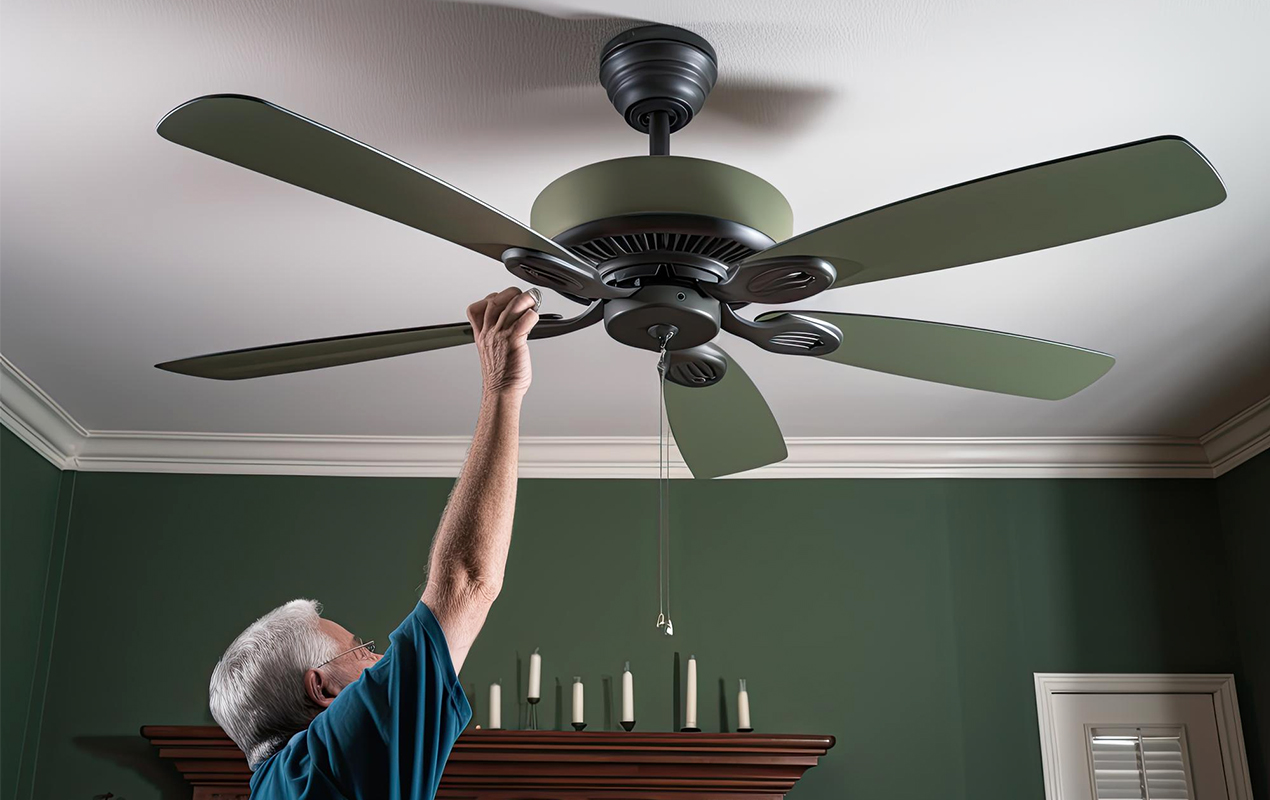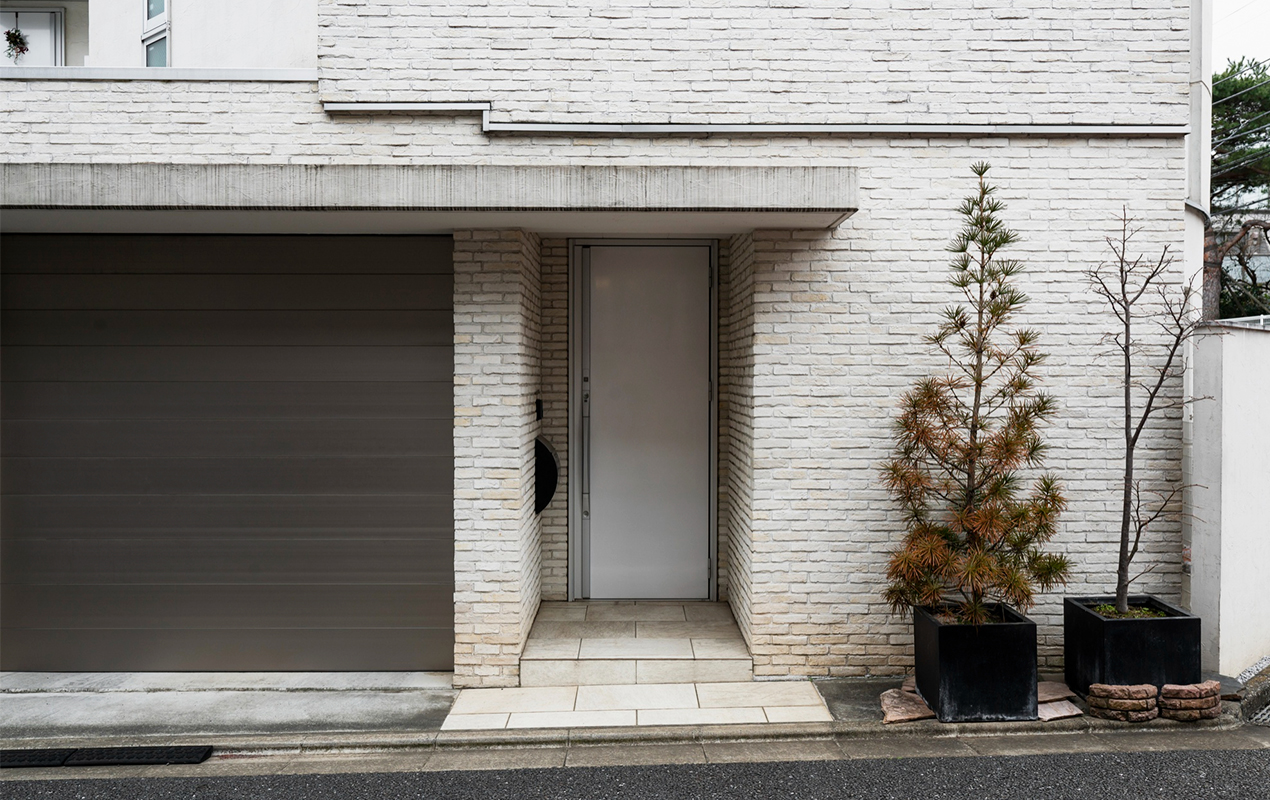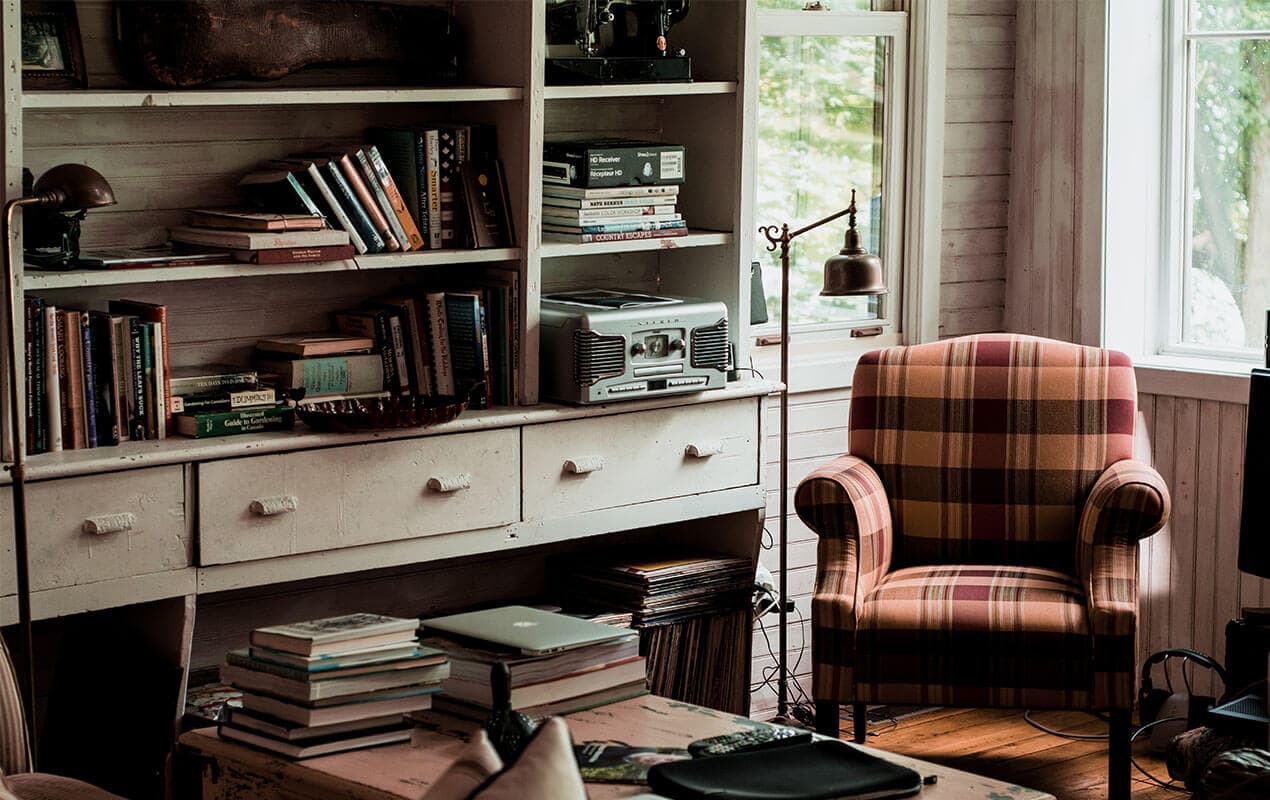Blog
Ceiling Fan Repair: DIY Guide & Troubleshooting Tips

Ceiling fans are vital fixtures in Australian homes, particularly during hot seasons. Recognizing common problems with ceiling fans is important for maintaining comfort. Issues like wobbling, noise, or malfunctions can disrupt their functionality.
In this guide, we’ll explore practical tips and solutions for addressing these problems, emphasising the importance of seeking professional help rather than attempting DIY repairs. By understanding how to identify issues and knowing when to call in a licensed technician, homeowners can ensure their ceiling fans are repaired safely and effectively, avoiding potential hazards and ensuring optimal performance.
Identifying the Problem
Before diving into repairs, it’s crucial to accurately identify the problem with your ceiling fan. To start, turn off the power to the fan at the circuit breaker for safety. Next, carefully inspect the fan blades, motor housing, and mounting hardware for any visible signs of damage or wear.
Listen closely for any abnormal sounds when you turn the fan back on, as they can indicate specific issues such as loose components or a failing motor. Additionally, observe the fan’s movement to see if it wobbles excessively or if it struggles to maintain a consistent speed. Taking note of these symptoms will help you accurately diagnose the problem before proceeding with any repairs, ensuring that your efforts are focused on addressing the root cause effectively.
Common Repairs and Solutions
Ceiling fans are essential for maintaining comfort in Australian homes, especially during the warmer months. However, they can develop issues over time that affect their performance. In this section, we’ll delve into common repairs and solutions for addressing problems with ceiling fans.
Fixing Wobbling Fans
One of the most common issues with ceiling fans is wobbling during operation. This not only affects the fan’s efficiency but can also be a safety hazard if left unaddressed. To fix a wobbling fan, start by turning off the power to the fan at the circuit breaker to ensure safety.
Next, carefully inspect the fan blades for any visible signs of damage or warping. If the blades appear intact, consider using a balancing kit specifically designed for ceiling fans. These kits typically include weights that can be attached to the blades to balance them effectively.
Alternatively, you can manually adjust the blade pitch to achieve balance. Begin by measuring the distance between each blade and the ceiling to ensure they are evenly spaced. Use a blade balancing kit or a ruler to make adjustments as needed. After making adjustments, turn the fan back on and observe if the wobbling has reduced. Repeat the balancing process if necessary until the fan operates smoothly without excessive wobbling.
Addressing Noisy Fans
Noisy ceiling fans can be a nuisance, disrupting the peace and comfort of your home. Common causes of fan noise include loose parts, worn-out bearings, or a malfunctioning motor. To address noisy fans, follow these steps:
- Start by turning off the power to the fan at the circuit breaker.
- Carefully inspect the fan for loose screws, particularly in the motor housing and blade brackets. Tighten any loose screws using a screwdriver.
- Lubricate the motor bearings and moving parts with a suitable lubricant to reduce friction and noise.
- If the noise persists, it may indicate a more serious issue such as a faulty motor. In such cases, consider consulting a professional for further diagnosis and repair.
Dealing with Speed Issues
Ceiling fans are designed to operate at different speeds to suit varying comfort levels. However, if your fan is running too slow or too fast, it can impact its effectiveness in cooling or circulating air.
Common reasons for speed issues include a faulty capacitor or wiring problems. To troubleshoot and fix speed issues:
- Check the fan’s capacitor, located within the fan housing or canopy. A faulty capacitor can cause speed irregularities. Replace the capacitor if necessary, following manufacturer guidelines.
- Inspect the wiring connections between the fan, wall switch, and ceiling wiring. Loose or damaged wires can disrupt the fan’s speed control. Ensure all connections are secure and properly insulated.
- Test the fan after making adjustments to ensure it operates at the desired speeds without issues.
- If issues with fan speed continue, then consider consulting a professional plumber for assistance.
When to Call a Professional
It’s crucial to know when DIY repairs are appropriate and when it’s time to seek professional help, especially when dealing with electrical appliances like ceiling fans. According to Upside-Down, “It is illegal in all states and territories of Australia for an unlicensed person to carry out any DIY electrical work, including installing ceiling fans.” This underscores the importance of safety and compliance with electrical regulations.
While basic maintenance tasks like cleaning or minor adjustments can be done by homeowners, certain issues require expertise and certification. Situations where professional intervention is warranted include:
- Electrical issues: If you suspect wiring problems, experience frequent power surges, or encounter electrical sparks or smoke from the fan, immediately turn off the power and contact a licensed electrician. Electrical faults can pose serious safety hazards and should be addressed by professionals.
- Motor replacements: If the fan’s motor is malfunctioning or needs replacement, it’s best to rely on a professional technician. Motor replacements involve intricate wiring and technical knowledge to ensure proper installation and functionality.
- Complex repairs: Issues like severe structural damage, major component failures, or intricate troubleshooting may require specialized tools and expertise beyond DIY capabilities.
By knowing when to call a professional, you can ensure that your ceiling fan is repaired safely and in compliance with legal standards. Professional electricians not only possess the necessary skills and knowledge but also guarantee the safety and reliability of your ceiling fan for continued comfort and functionality.
Seek Professional Help For Your Ceiling Fan
Understanding how to repair a faulty ceiling fan is essential for maintaining comfort and functionality in Australian homes. By accurately identifying issues such as wobbling, noise, or speed irregularities, homeowners can address these problems effectively.
However, it’s crucial to remember safety guidelines and legal regulations. Therefore, for complex repairs, electrical issues, or motor replacements, it’s advisable to seek professional help from certified electricians. Regular maintenance and timely repairs ensure optimal performance, prolonging the lifespan of your ceiling fan.
















